If you are into recording sound at your home or studio, you require a high-quality microphone. But choosing the best microphone can be a bit difficult as the market is filled with different types of microphone.
With thousands of microphones available, if you are a beginner into recording sound, then you need to have some basic understanding of mic types, polar patterns, and diaphragm sizes before you browse through the vast assortment of microphones available online.
This detailed buying guide will help you clear the air about microphones and help you come to an informed decision while buying microphones.
Table of Contents
Microphone Polar Patterns
The polar pattern defines how a microphone picks up or hears the sound from different angles or directions. When you get a clear idea of a microphone’s polar pattern, then it would become quite easy to choose a microphone that suits your requirements. Let’s look at the various types of microphone polar patterns:
1. Omnidirectional
Omni means “in all ways or directions,” and hence as the name implies, omnidirectional microphones are ones that pick up sound from all different angles. Since these microphones come equipped with a zero-rejection capability, these microphones capture sound to the fullest and deliver a natural sound all the time.
These microphones can be used everywhere including studio, churches, meeting halls and even for live sound recording jobs. But the major disadvantage with omnidirectional microphones is that they not suited for recording in noisy or crowded places. This is because they can’t reject/ignore background noises.
2. Bidirectional
Bidirectional microphones also called as Figure-8 microphones that pick up sound quite effectively from both the front and back, but don’t capture pick up sound from both the sides. These microphones are mainly used in places where there is a requirement only to capture audio from the front and the back.
A classic example of this could be a professor giving a lecture from his students. Here the only sound that the microphone needs to capture is the voice of the professor at the front of the microphone and any questions asked by students at the back.
3. Cardioid
If you are looking for a microphone that only captures sound from the front side, then you can check out the cardioid microphones. Live music performance is the best example of these types of microphones as they block sound from all the other side except for the voice of the artist performing in front of the microphone.
These types of mics can also prove to be very useful in places where noise reduction is required. When compared with other polar patterns, the cardioid microphones are hugely popular as they are extensively used in live music performances and concerts.
4. Super Cardioid
Like cardioid microphones, the super cardioid also captures sound only from the front side, but a narrow capturing area than the cardioid. This helps to isolate the noise even better than the cardioid ones and capture the sound only from the person performing in the front.
The super cardioid also comes with improvised feedback resistance. Since these microphones come with higher noise rejection capabilities, they are used in loud and noisy places.
Diaphragm Sizes
The diaphragm is the material that makes microphones to capture sound. They are tiny material that automatically starts vibrating when they come in contact with noise. And this vibration helps in converting it into electrical energy.
Diaphragms in a microphone come in three sizes namely small, medium, and large. It is the diaphragm size that determines how much sensitivity the microphone is and how much pressure level it can handle.
1. Small Diaphragm
Also known as pencil mics, the small diaphragm mics look like a pencil as they come in small cylindrical shapes. They are incredibly lightweight, compact and easy to handle. These microphones can be positioned easily and are specially designed to cope with elevated sound pressure levels.
These pencil mics are also found to possess a more comprehensive dynamic range when compared with other microphones. These mics are perfect for recording sounds with instruments like cymbals, guitars and hi-hats. The major drawback with small diaphragm microphones is that they have a lot of internal noise and the capturing sensitivity is also low.
2. Medium Diaphragm
If you are looking for a mic that can display the features of both a small and large-diaphragm microphone, then you need to go for a medium diaphragm microphone. These mics can handle both high frequency and sensitive to capture even the slightest sound vibrations.
When compared with other microphones, it is the medium diaphragm microphones that are gaining a lot of traction in live performances, concerts, and recordings. But if either has a small or a large diaphragm microphone, then you won’t find it much useful, especially you own a small recording studio at your home.
3. Large Diaphragm
The larger the microphone’s diaphragm, the higher the sound vibrations it can capture. While small diaphragm microphones are rigid, the larger ones are not rigid and move freely which allows capturing even the tiniest of sound waves.
People looking to provide a natural sound output can go for the large diaphragm microphones. And these large diaphragm ones can be used in all recording situations to mike every kind of musical instrument out there as they can easily distort when the pressure level increases.
Different Types of Mics
1. Dynamic Microphones
As the name suggests, these microphones are dynamic as it comes with a magnetic diaphragm with a moving coil. Sound sensitivity levels are much higher in these types of mics as they can capture sound even at higher sound pressure levels.
These mics can be used to capture sound from drum kits, guitar amplifiers, bass amplifiers etc. While many have the assumption that dynamic mics are best for higher sound pressure levels, they also work pretty much greater in quiet surroundings as well.
- The best versatile microphone that works great for recording vocals, drum kits and guitar amplifiers
- No power supply needed
- Affordable price
- Some of the standard dynamic microphones are Shure SM57 and SM58
2. Condenser Microphone
Condenser microphones come equipped with a thin diaphragm that is conductive in nature. There is a small metal plate located close to the diaphragm that acts as a capacitor to convert sonic energy into electrical energy. Since capacitance is utilized instead of moving coils, the sound quality is more natural and vibrant.
These type of Mics find more extensive use in studios for precision recording and can be used to record sound from various musical instruments where sound pressure level (SPL) is not too high. Unlike dynamic microphones, the condenser mics are not solidly built and hence, care should be taken while handling these mics.
- Output is more natural and vibrant
- Ideal for precision recording
- No power supply needed
- Can be sensitive to breathing
- Works great with piano, cymbals, and acoustic guitars
You can check out the review article for the different condenser microphones:
| No | Brand Model | Product Image | Find Out More |
| 1 | MXL 770 Microphone Review | 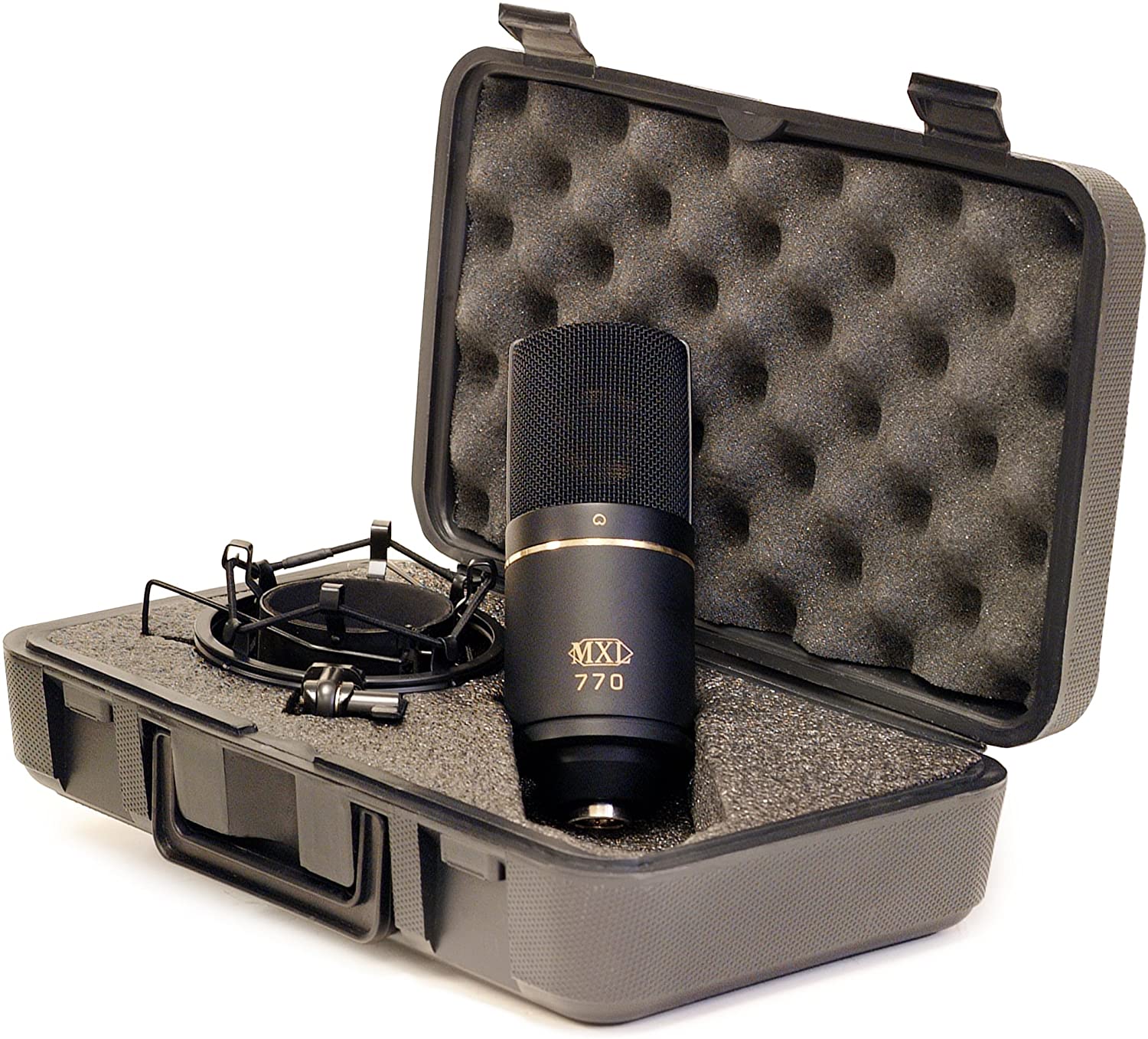 | Read More |
3. Ribbon Microphone
Ribbon microphones are once popular, but nowadays they are sparingly used. These mics come with light metal ribbons attached that are used to capture both air velocity and air displacement. This makes these microphones ideal to capture high-frequency sound.
Modern ribbon microphones are sturdy and reliable than their older counterparts making them perfect for recording live performances, concerts with loud and noisy environments. These types of mics also work in tandem with dynamic and condenser mics to create vintage vibes.
- Perfect for capturing sound from instruments like strings, woodwind, piano and even vocal recording too
- Ideal for capturing sound from multiple instruments inside a studio
- Highly expensive
4. Bass Microphone
In any music recording or a live performance, a bass drum is an inevitable instrument. While your standard dynamic microphones can capture the sound of bass drums to some extent, you require a special microphone to capture the low ends of sound from a bass drum.
This is where a bass microphone plays a huge role to capture music from bass drums. As the name suggests, they are specially designed to work with bass drums as they can effectively capture low-frequency energy to a great extent.
Bass drum microphones come with both moving coil and capacitance-based. While the moving coil type is the most popular and cheaper bass microphones and are very robust in nature and handle even higher sound pressure levels quite effectively.
While the weight of the coil could affect the response rate of the mic to some extent, it is not a major concern while using the mic in bass drum concerts. But if you are recording sound in rock and metal concerts, you need a microphone that captures even the smallest “clicky” sounds, then you need to go in for a capacitor-based version
- Perfect for recording bass drums
- Captures the complete intensity and soul of bass drums
- Robust
- Respond better in high frequencies and transient sounds
5. Shotgun Microphone
A shotgun microphone is a directional mic that needs to be directed towards the sound source to ensure proper sound recording. With unidirectional recording capability, it can capture sound quite effectively if the source is right in front of the microphone.
But if the source slightly moves to the rear or to the sides, the recording quality considerably decreases. As the name implies, the microphone is designed in such a way that it resembles a shotgun barrel.
One of the major advantages of shotgun microphones is that since they are unidirectional, they are only focused on the sound source in front and hence they can capture the sound quite effectively. These microphones are highly favored in live music performances as the sound of only the performer is highlighted and the sound of the audience at the back is not considered.
Microphone Array
An array is defined as a collection and quite similarly a microphone array is nothing but a set of microphones working in tandem to record sound simultaneously. A microphone array works like your standard microphone and the only difference is that it comes attached with two or more microphones.
A microphone array can have any number of microphones connected according to your recording requirements. Some of the most popular microphone arrays are the ones that come with 2 microphones working in tandem to record sound. In 2-microphone arrays, one of the placed to the left and the other to the right side. With microphones available on both sides, sound can be effectively captured on both sides. And with microphone array recording, you can easily separate both the left and right side music on your stereo headset.
One of the important aspects to note in a microphone array is that the microphones present in the array need to be similar. The reason behind this is because if one microphone comes with higher sensitivity, the sound could be captured much more quickly than the microphone with a lower sensitivity. Hence, microphone matching is extremely important when choosing microphones to attach inside an array.
Microphone arrays are gaining huge traction due to the all-round sound recording it comes capable of. Since there is no limit to the number of microphones that you can add in a microphone array, it is up to you add microphones to your requirements.
When choosing microphones to go in a microphone array, these three factors need to be considered:
- Directionality
- Sensitivity
- Phase
Directionality
Directionality refers to the direction in which the microphone can capture the sound. There are omnidirectional, bidirectional and cardioid directional microphones. While omnidirectional microphones can pick up sound from all directions, bidirectional ones can capture sound only from the front and rear.
When choosing microphones to be used in a microphone array, care should be taken that all microphones come with the directional features. If you have one bidirectional and other as a cardioid or an omnidirectional microphone, then it would result in improper sound recording.
Sensitivity
Sensitivity refers to the amount of gain that a microphone picks up, and when choosing microphones for an array, all microphones need to come with the same sensitivity levels or need to be closely matched. The maximum sensitivity difference allowed between microphones in an array could be ±1.5dB.
Phase
Phase refers to the amount of time that each microphone records sound. Every microphone in an array needs to start and stop recording at the same time. Failure to do so will result in imbalanced and unsynchronized sound recording.
Microphone Uses and Reviews
You may also check out the list of our other articles for different types of microphone reviews. Click on the link to check out the reviews :
| No | BRAND/ MODELS / REVIEWS | INFO | READ MORE |
| 1 | Best Microphone For Gaming, Streaming and Podcasting | Selection of different microphone for Gaming , Streaming and Podcasting | Read More |
| 2 | Best Microphone For Interviews | Different types of microphone suitable for doing interviews | Read More |
| Microphone By Brands | |||
| 1 | Bonak Microphone | Bonaok Karaoke Microphones are affordable and also are well- known for their good quality | Read More |
| 2 | Tonor Microphone | Review on Tonor Condensor Microphones | Read More |
| 3 | Tosing Microphone | Another well-know brand for Karaoke mic | Read More |
| 4 | MXL 770 Microphone Review | Read More |
Conclusion
When it comes to music, there is no set of rules for recording sound. You have every chance to improvise and have a steep learning curve.
But remember that some microphones are specially designed for a certain purpose and when used for that then you can provide a stable and quality output. For example, if you are recording bass drums, then it is quite optimal to go for a bass microphone rather than a dynamic microphone to capture all the low-end frequency produced in bass drums.
We hope the above guide about the different Microphone Types has provided you all the information you needed to get a basic understanding of the Different Types of Microphone, their polar patterns, diaphragm sizes etc. Please post your comments and suggestions in the feedback section below. Happy Recording!!!

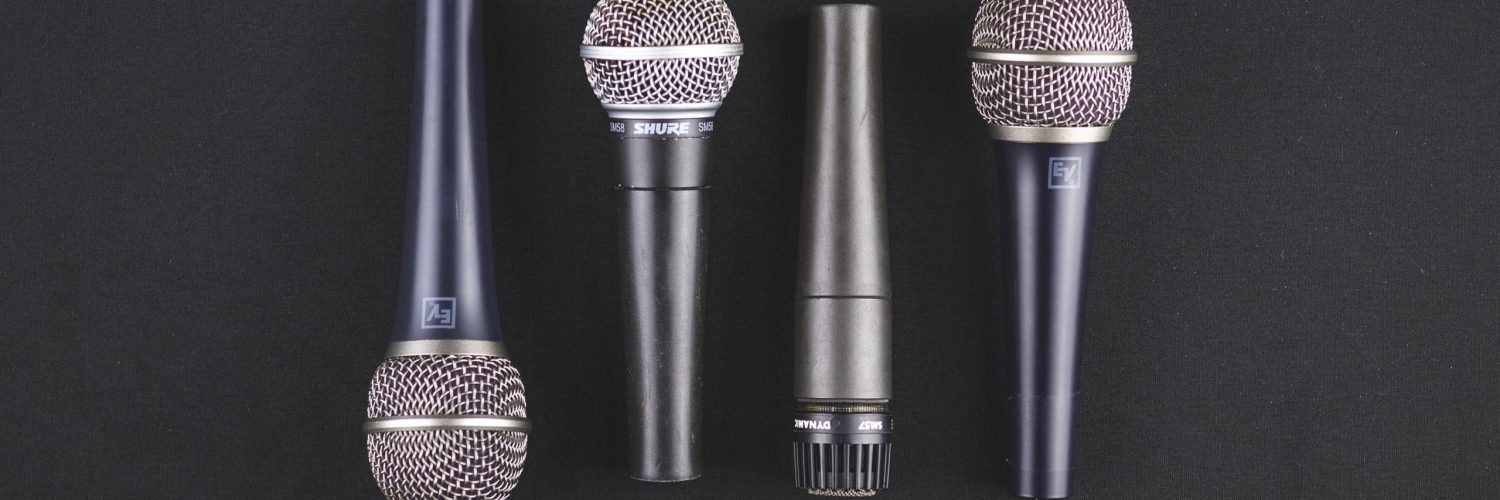
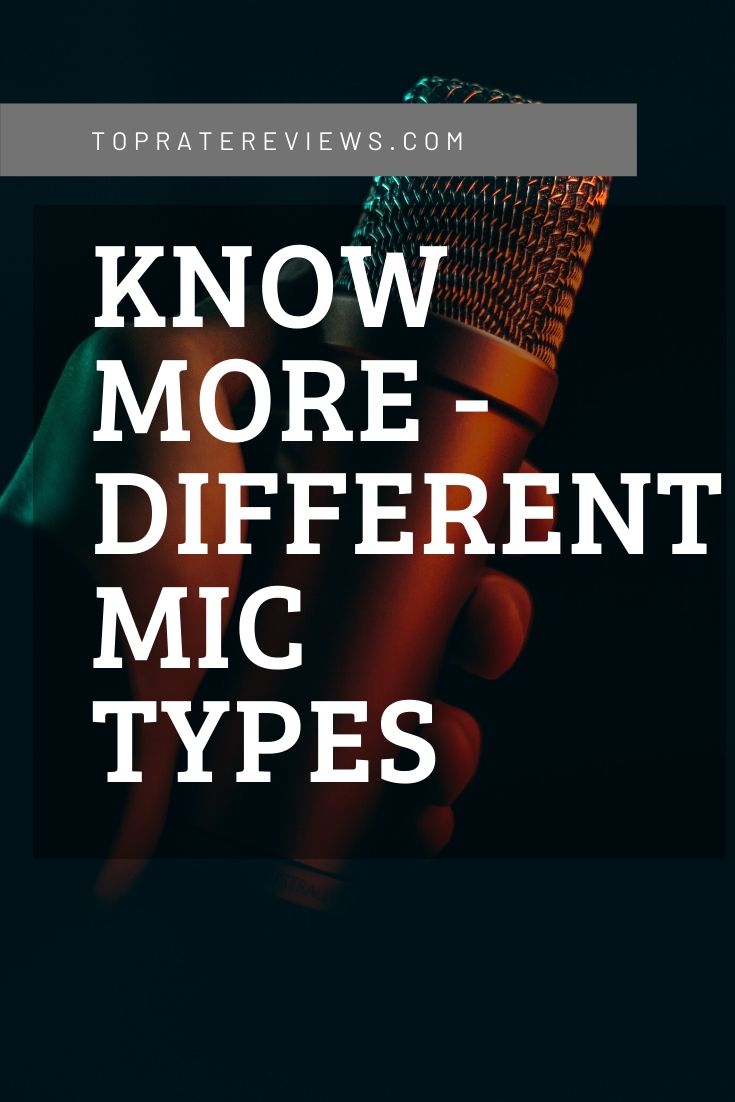
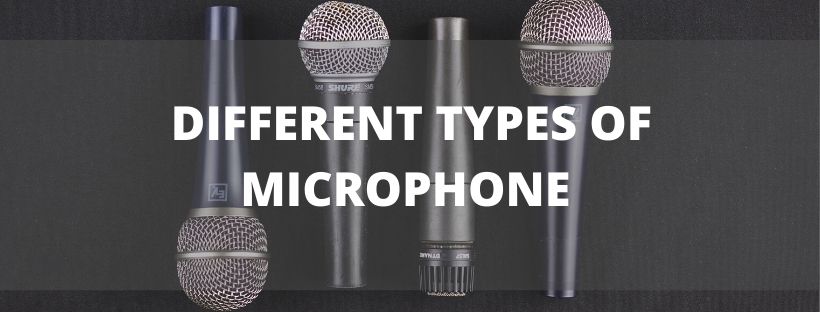

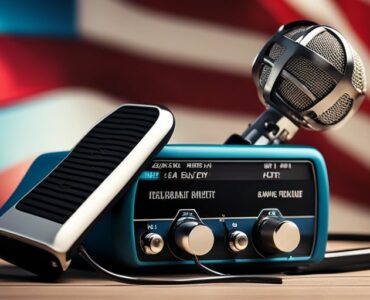
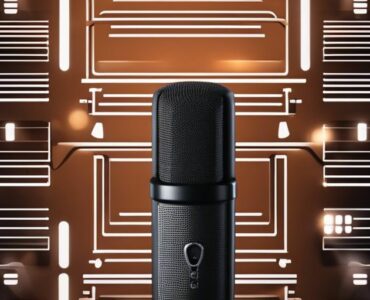
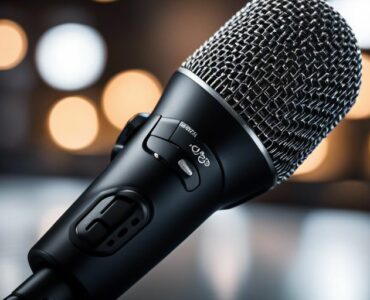





Add comment